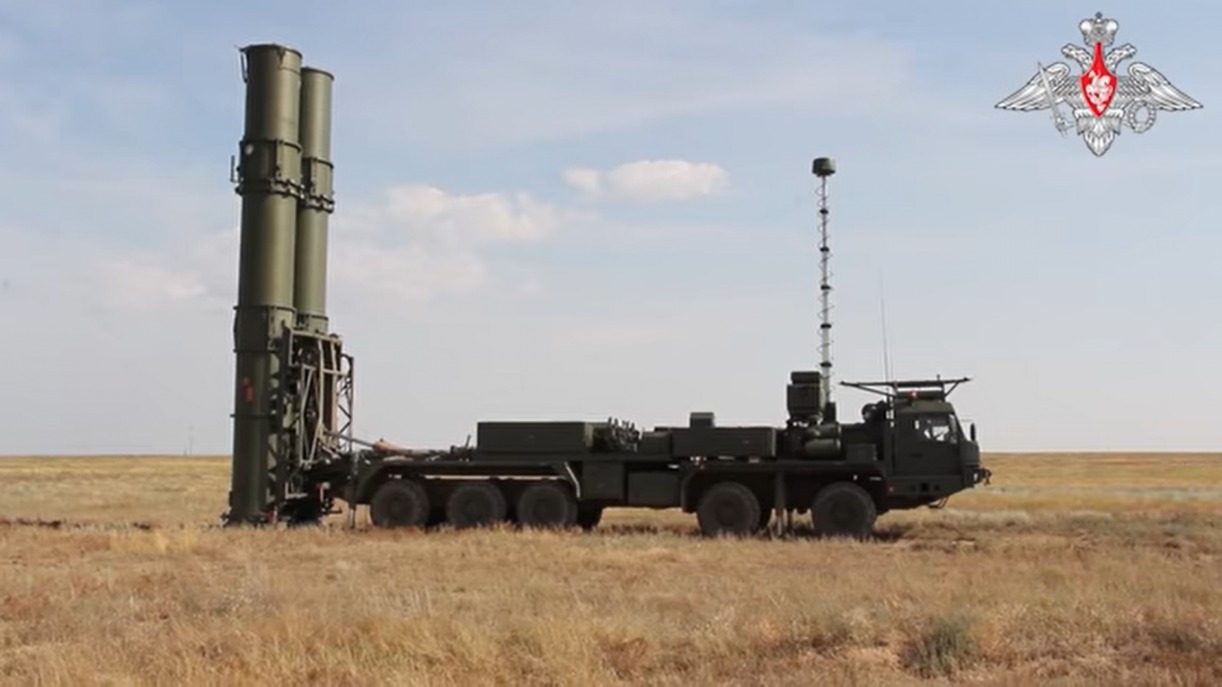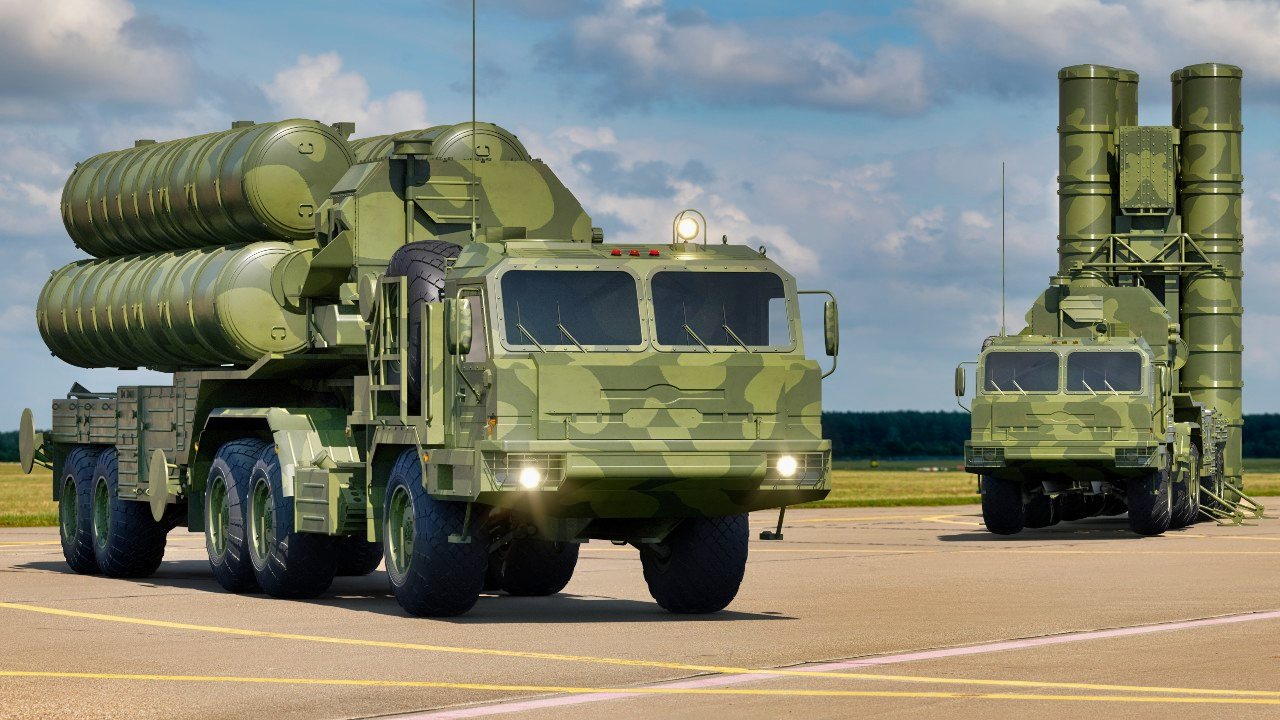Missile Showdown in Ukraine: ATACMS vs S-500 Prometheus (Who Wins?)
On Sunday, Ukraine launched a salvo of ATACMS ballistic missiles at a Russian radar station in occupied Crimea, resulting in civilian casualties. Despite deploying the advanced S-500 Prometheus air defense system, the Russian military failed to intercept the U.S.-made ATACMS missiles.
Summary and Key Points: On Sunday, Ukraine launched a salvo of ATACMS ballistic missiles at a Russian radar station in occupied Crimea, resulting in civilian casualties. Despite deploying the advanced S-500 Prometheus air defense system, the Russian military failed to intercept the U.S.-made ATACMS missiles.

-The strike targeted the NIP-16 Space Tracking and Deep Space Communications Center, used by Russia for missile strikes on Ukrainian infrastructure.
-The incident highlights the qualitative gap between American and Russian military technology, as an older U.S. weapon outperformed Russia's latest air defense system, emphasizing Ukraine's effective use of high-quality Western-supplied weapons.
Ukrainian ATACMS Strike Exposes Flaws in Russia's S-500 Air Defense System
On Sunday, the Ukrainian military fired a salvo of ATACMS ballistic missiles against a Russian radar station in occupied Crimea.
According to Russian officials, one of the missiles struck near civilians, killing and wounding a number of them.
What the Russian officials didn’t mention was that the S-500 Prometheus, the Russian military’s most advanced air defense system, failed to intercept the U.S.-made ATACMS missile.
ATACMS vs S-500 Prometheus
The apparent target of the Ukrainian ATACMS strike on Sunday was the Russian NIP-16 Space Tracking and Deep Space Communications Center. The Russian military has been using the specialized radar installation to support its long-range missile strikes against Ukrainian critical infrastructure and urban centers – attacks that have killed and maimed thousands of civilians.
To prevent exactly such a strike, the Russian military relocated the S-500 Prometheus air defense system to Crimea to defend Sevastopol and the key Kerch Bridge that connects the Peninsula with Russia, according to Ukrainian Military Intelligence. The S-500 and other air defense systems failed spectacularly to stop the American-made ATACMS on Sunday.
The S-500 Prometheus is a surface-to-air missile/anti-ballistic system. The Russian military claims the Prometheus can stop any incoming threat, including cruise, ballistic, and hypersonic munitions. The system has a reported detection range of nearly 1,300 miles and an intercept range of almost 400 miles. The Kremlin also claims that it can take out incoming intercontinental ballistic missiles carrying nuclear warheads.
In action, the S-500 failed to perform when it was needed.
After months of debate, the White House decided to provide Ukraine with an unspecified number of MGM-140 Army Tactical Missile Systems, or ATACMS. The addition of the ATACMS to the Ukrainian arsenal greatly expanded its long-range capabilities and its ability to threaten Russian logistical functions and high-value targets. With an approximate range of over 200 miles, the ATACMS can strike pretty much any major Russian target on or close to the battlefield, including targets on the occupied Crimean Peninsula.
A Qualitative Difference
What is perhaps most remarkable about the incident is that an American weapons system designed and built in the 1980s was able to outsmart the Russian military’s latest air defense system. Indeed, the incident highlights the large quality gap between U.S. and Russian weapons systems and munitions. Although the Kremlin might be trying to strangle Kyiv with quantity, Ukrainian forces are putting up a fierce defense with fewer but better weapons systems and munitions provided by the U.S. and NATO.
Thus far in the conflict, we have seen time and again Ukrainian units using U.S.-made weapons to obliterate larger Russian formations, mainly due to the quality of weaponry involved.

As much as Russian President Vladimir Putin would like to boast that his conventional military is on par with that of the U.S., the long fighting in Ukraine has shown otherwise.
About the Author:
Stavros Atlamazoglou is a seasoned defense journalist specializing in special operations and a Hellenic Army veteran (national service with the 575th Marine Battalion and Army HQ). He holds a BA from the Johns Hopkins University and an MA from the Johns Hopkins’ School of Advanced International Studies (SAIS). His work has been featured in Business Insider, Sandboxx, and SOFREP.
All images are Creative Commons or Shutterstock.
From the Vault
Russia Freaked Out: Why the U.S. Navy 'Unretired' the Iowa-Class Battleships
Battleship vs. Battlecruiser: Iowa-Class vs. Russia's Kirov-Class (Who Wins?)


